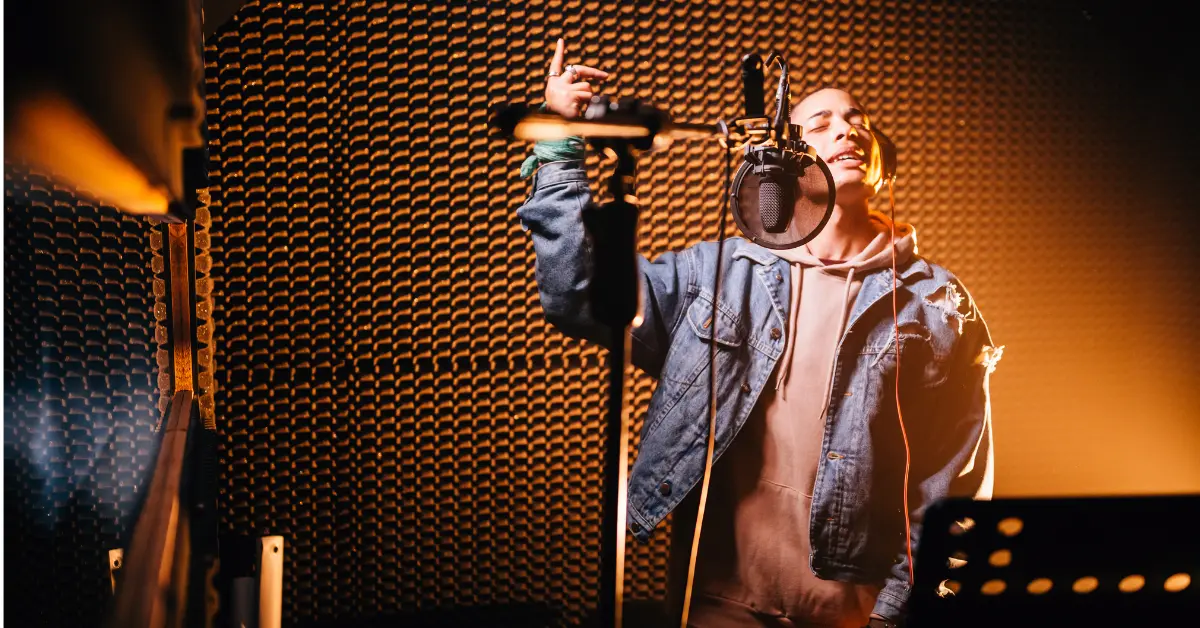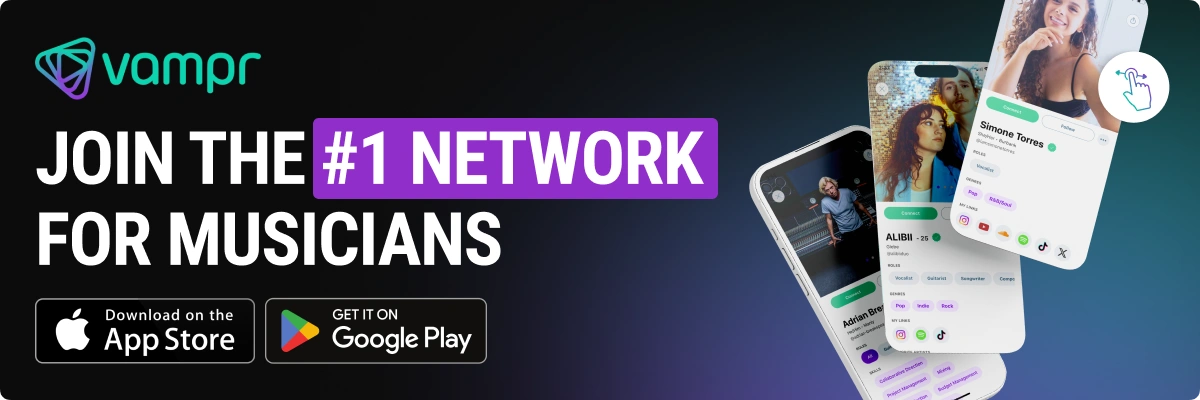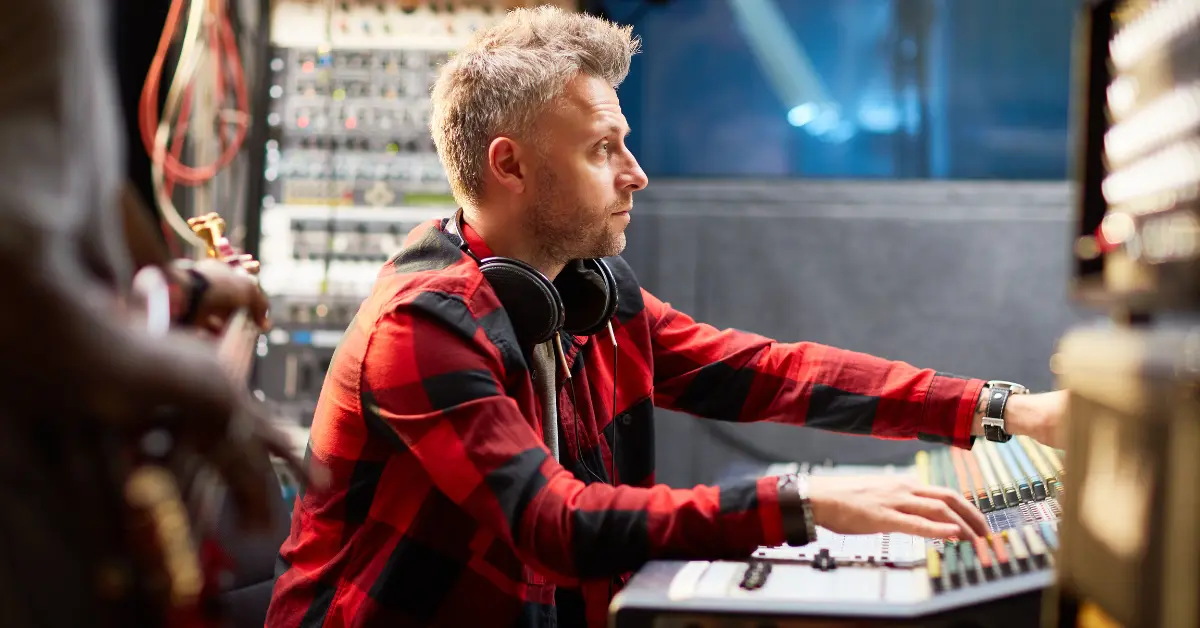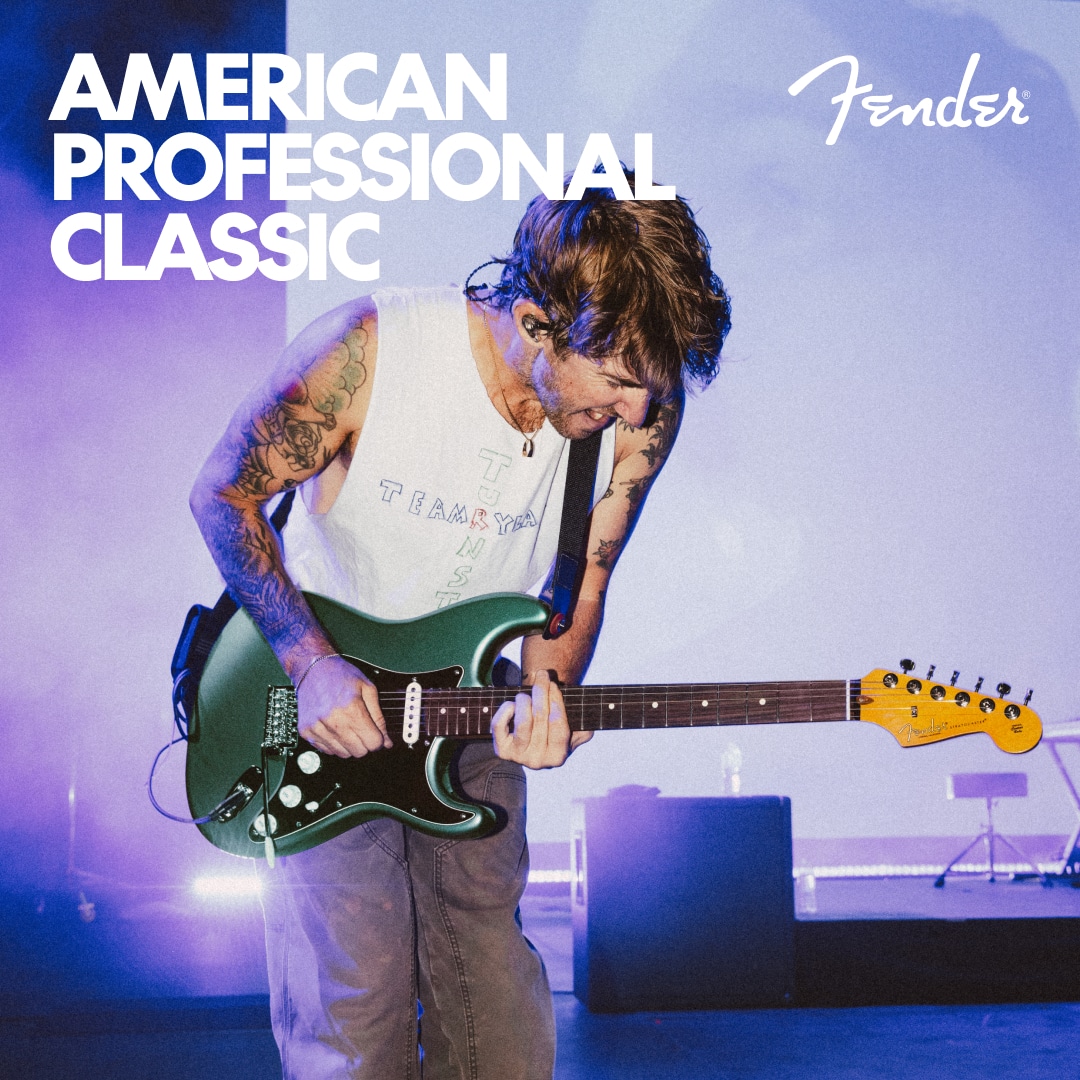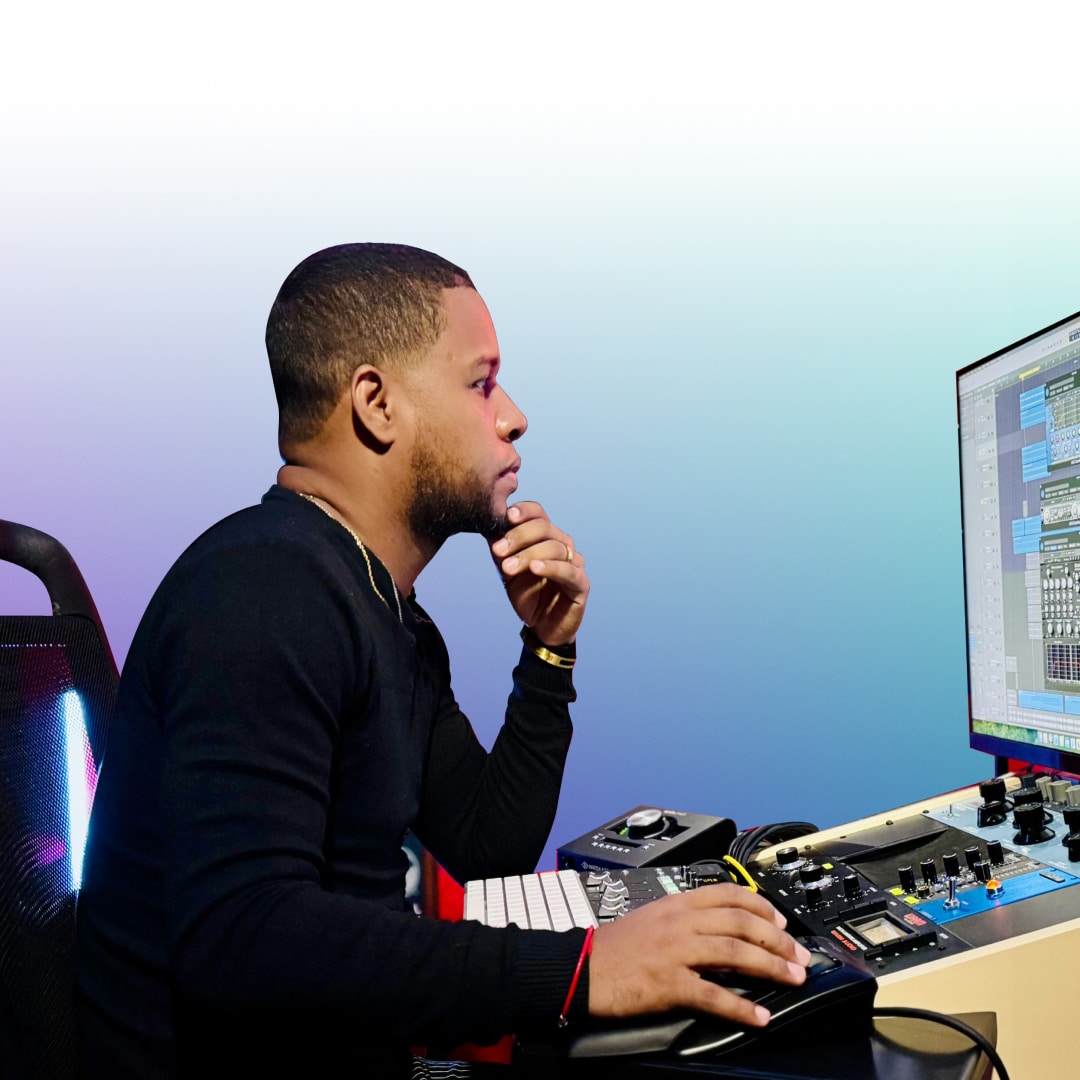Sync representation is a specialized service that connects independent artists with opportunities to license their music for use in films, television shows, commercials, and other media. This kind of partnership is invaluable because it opens up new avenues for artists to monetize their creations beyond traditional methods like live performances and album sales.
Sync representation services act as intermediaries who advocate on behalf of the artist, leveraging their network and industry knowledge to secure lucrative sync licensing opportunities for musicians. These services understand the intricacies of licensing agreements and work to ensure that the terms benefit the artist, both financially and in terms of career development.
Benefits of Sync Representation for Independent Artists
New Revenue Streams
While streaming and direct sales remain vital to an artist’s income, sync representation for musicians opens up new financial opportunities through the placement of their music in diverse media formats. This not only diversifies their revenue sources but also introduces a steady stream of income that is less dependent on album cycles or concert schedules. Artists can benefit from the broad reach of their music as it plays in different regions and platforms, ensuring they earn from their work in scenarios they traditionally might not have accessed.
Increased Visibility
Engaging with music sync representation services can significantly amplify an artist’s visibility. When music is featured in shows, it naturally garners attention from new and broader audiences. Increased exposure can be a game-changer for indie artists striving to break through the competitive music industry. It not only boosts their profile but often leads to a surge in streams and downloads, further enhancing their marketability and fan base growth.
Financial Gains Without Extensive Touring
Sync licensing income for musicians provides a financial cushion that can reduce the need for constant touring, which can be both physically and financially draining for independent artists. This aspect of is particularly beneficial, offering a more sustainable and less strenuous way to earn a living from music. It enables artists to focus more on creative endeavors and less on the logistics of touring, all while continuing to receive compensation for their musical works.
Building Long-Term Industry Relationships
Through sync deals for independent musicians, artists gain the opportunity to establish and nurture long-term relationships with music supervisors, producers, and other key industry figures. These connections are often invaluable, leading to repeated collaborations and opportunities that extend well beyond the initial sync placement. The network and reputation built through these partnerships can be instrumental in an artist’s long-term success and stability in the music industry.
How Sync Representation Works
Connecting Independent Artists with Music Supervisors
Sync representation platforms bridge the gap between independent artists and influential music supervisors who are on the lookout for fresh, original tracks to enhance their projects. These platforms actively promote artists’ work, ensuring it gets in front of the right people at the right time. A direct connection can dramatically increase an artist’s chances of securing sync deals, as their music is positioned in front of decision-makers who can place it in a variety of media, from blockbuster movies to indie films and major advertising campaigns.
Navigating Licensing Complexities
Navigating the legal landscape of sync licensing can be daunting for many artists. This is where
independent sync representation proves invaluable. They provide the expertise required to handle complex licensing agreements that protect the artist’s rights while ensuring fair compensation. Here’s how they manage this intricate process:
- Review and Explanation: The first step in managing sync licensing agreements is a detailed review of the legal terms outlined in the proposal. Independent sync representatives take the time to go through each contract with a fine-tooth comb, identifying any clauses that might negatively impact the artist. They then explain these terms in simple, straightforward language, ensuring the artist fully understands what they’re agreeing to. Clarity is crucial because legal jargon can be confusing, and misinterpretation can lead to financial losses or the unintentional surrender of rights.
- Negotiation: After explaining the terms, the next phase is negotiation. Independent sync representatives act as advocates for the artist, ensuring that the licensing agreement aligns with their long-term career goals and financial expectations. This may involve negotiating higher royalties, securing better credits, or amending contract terms to protect the artist’s rights. Negotiating effectively can make a significant difference in the artist’s earnings, especially when their music is used in high-profile projects. With their knowledge of the industry, these representatives can push for terms that an artist might not even realize they are entitled to.
- Contract Finalization: Once the terms are agreed upon, the focus shifts to finalizing the contract. Independent sync representatives handle all the necessary administrative tasks, ensuring that every detail is legally sound. This step is vital to avoid future disputes or legal battles. They meticulously check that all agreements, payment schedules, and usage terms are properly documented. By managing this part of the process, representatives ensure that the artist’s interests are fully protected in writing, reducing the risk of any future misunderstandings.
- Continuous Monitoring: The work of independent sync representation doesn’t end when the contract is signed. After the deal is finalized, they continue to monitor how the music is used, ensuring the terms of the agreement are being followed. This includes checking for any additional uses of the music that were not originally covered by the contract, such as in new trailers, promotions, or international releases. In such cases, the representative will secure additional payments for the artist, ensuring they are fairly compensated for all instances where their music is utilized.
By partnering with an independent sync representative, artists benefit from a knowledgeable advocate who manages the legal and financial intricacies of sync licensing. This allows the artist to focus on their music, confident that their rights and interests are being professionally safeguarded throughout the entire process.
Negotiating Fair Compensation
As emphasized previously, music sync agents play a critical role in negotiating terms that ensure artists are fairly compensated for the use of their music. This includes determining upfront fees and structuring royalty payments that provide ongoing income as their music is broadcast across different platforms. Negotiations are vital in making sure that artists are adequately rewarded for their work, reflecting both the current market rates and the potential value of the music within the context of its use.
Retaining Ownership and Creative Control
Working with
music sync representation benefits the ability to retain ownership and control over one’s music. Unlike some traditional music deals, sync licensing often allows artists to license their music non-exclusively, meaning they can continue to use it in other contexts and keep their copyright. This aspect is crucial for maintaining artistic integrity and ensuring that the music can continue to generate revenue in various forms.
How Sync Helps Indie Artists
Film and TV Sync Deals
Sync deals musicians secure for film and television can be significant. These mediums require a vast range of music styles to complement different scenes, moods, and settings, making indie music a rich resource. Independent artists often offer unique sounds that are not only cost-effective but also bring a distinct authenticity that enhances the viewer’s experience. Significant recognition and new prospects in the entertainment sector might result from this kind of exposure.
Commercial and Advertising Opportunities
Advertisements are another powerful platform where sync licensing for indie musicians can lead to major benefits. Commercials often seek catchy, memorable music that can resonate with a wide audience and help embed the product or brand into the consumer’s mind. Indie artists, with their diverse and original tracks, are perfect candidates for these placements. The right sync deal in advertising can propel an artist’s music into the spotlight, increasing their audience reach exponentially.
Video Game Music Sync Licensing
The video game industry has grown to rival Hollywood in its use of music for creating immersive environments and emotional depth. Music sync deals for artists in this sphere can be particularly lucrative due to the extensive duration games are played and the global reach of popular titles.
Why Indie Music Is Sought After for Sync Deals
Indie music, with its vast array of genres and styles, offers a versatile selection that caters to a wide range of creative needs. This list outlines why indie music is so highly sought after for sync licensing, touching on originality, cost-effectiveness, and more:
- Originality and Uniqueness: Unlike mainstream tracks that often follow trends, indie artists tend to experiment with innovative styles and unique approaches to music production. This originality allows content creators to distinguish their work, ensuring their film, TV show, or commercial stands out. The emotional authenticity often found in indie music also resonates more deeply with audiences, which helps to enhance the overall storytelling aspect of a visual project.
- Cost-Effectiveness: Licensing major label music can come with hefty fees that may not fit within the budget of many productions. Indie music provides a more affordable alternative without compromising quality. Since independent artists are typically unsigned or working with smaller labels, they don’t come with the same level of financial demands as big-name artists. This cost-efficiency is particularly advantageous for independent filmmakers, small businesses, or digital creators who need compelling soundtracks but must also manage tight budgets. The ability to negotiate directly with indie artists further helps keep costs down.
- Flexible Licensing Terms: Indie musicians are often much more flexible when it comes to licensing agreements, which can make the negotiation process smoother and more tailored to a project’s needs. Big labels tend to have rigid rules and conditions, while indie artists are more likely to adapt their terms. Flexibility extends to allowing modifications to tracks, extended use, or exclusive rights, depending on the supervisor’s requirements. Adaptability is crucial when trying to meet the diverse and evolving needs of different types of media projects.
- Wide Variety: Whether a project requires ambient soundscapes, experimental electronic beats, or acoustic folk, there’s likely an indie artist creating exactly what’s needed. This diversity makes it easier for music supervisors to find the perfect song that complements a project’s tone, setting, or emotional undercurrent. The wide selection of indie music also means there is less chance of overused or recognizable tracks, helping projects to remain distinct and fresh.
Its originality, cost-effectiveness, flexibility in licensing, and wide variety of styles ensure that music supervisors have a wealth of options to choose from, all while keeping budgets in check. This combination of factors makes indie music a highly sought-after choice in the world of sync licensing.
Best Sync Representation Platforms for Independent Artists
Top Platforms
There are music sync deals representation platforms that stand out for their effectiveness in securing sync deals for indie musicians. These platforms specialize in curating high-quality music libraries that attract music supervisors from all types of media industries. By providing a robust and searchable catalog of tracks, they simplify the process for supervisors looking to match music with their projects’ specific needs. Moreover, these platforms often maintain strong relationships with key industry players, which can greatly increase the likelihood of an artist’s music being selected for high-profile opportunities.
Tools and Services
These top platforms not only connect artists with opportunities but also offer tools and services designed to maximize the potential of sync licensing for indie musicians. From analytics that track song performance to feedback from music supervisors, artists can gain valuable insights into how their music fits within the broader industry. Also, many platforms provide educational resources to help artists understand the nuances of sync licensing, ensuring they are both well-prepared and well-represented in negotiations.
How to Submit Music
Submitting music to digital platforms is an essential step for artists who want to share their work with a wider audience and connect with industry professionals like music supervisors, playlist curators, and fans. To begin this process, artists need to choose the right platform based on their goals. Each platform offers different opportunities and guidelines for submission, so it’s important for artists to thoroughly research these options before proceeding. Once they’ve selected the platform, the first step is usually to create a professional profile. This profile serves as the artist’s digital portfolio, and it’s vital to make it as detailed and compelling as possible. Artists should ensure their profile reflects their unique style, genre, and brand to stand out among the thousands of tracks uploaded daily. For example, a high-quality biography, links to social media accounts, and professional photos can elevate an artist’s presence and increase their chances of catching the attention of industry insiders.
The actual process of uploading tracks often involves providing essential metadata, which plays a critical role in making the music discoverable. Metadata includes everything from the song’s title and artist name to more nuanced details like the genre, instruments used, and mood. This information is particularly useful to music supervisors and curators who rely on keywords to sift through vast music libraries to find the perfect song for a film scene, advertisement, or playlist.
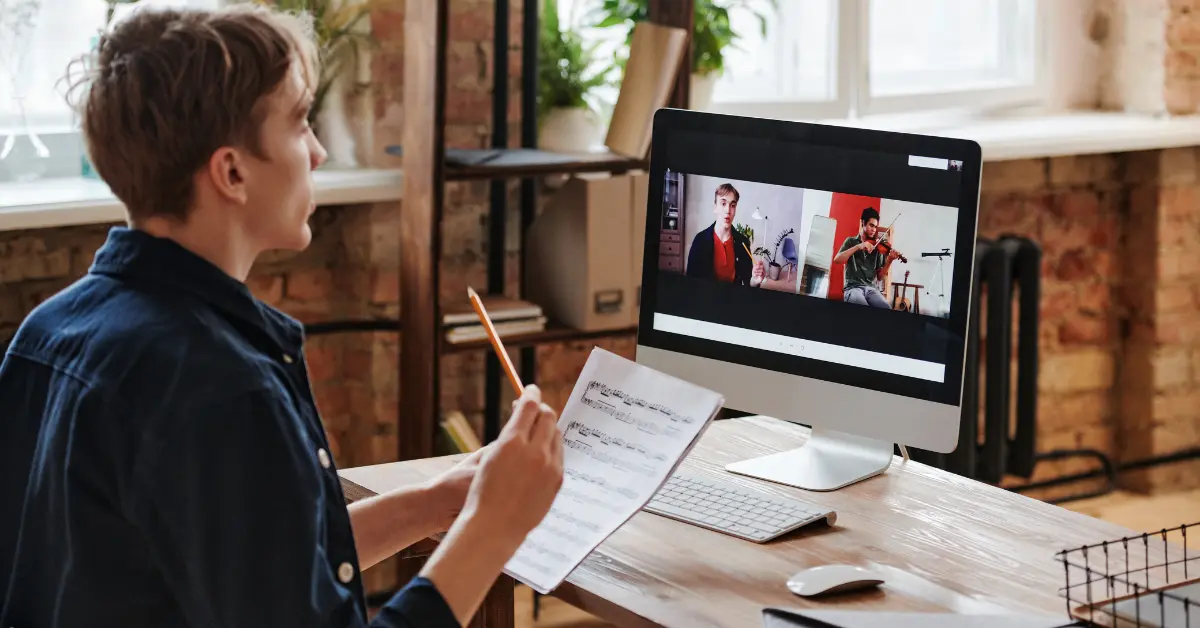
Another crucial aspect of submitting music is ensuring that the technical requirements are met. Platforms usually specify the format in which the music should be uploaded—such as MP3, WAV, or AIFF—and may require a certain bitrate for optimal sound quality. Adhering to these technical standards is non-negotiable, as improperly formatted files may lead to rejections or quality issues when the music is played or streamed. Independent music representation services often guide artists through this process, ensuring their music is presented in the best possible light.
The advantages of sync representation for musicians extend beyond immediate financial gains. This exposure not only elevates their music to wider audiences but also fosters substantial career development. Being featured in various media can lead to further professional opportunities, including direct collaborations with other artists, producers, and labels. The credibility gained through successful sync placements can significantly enhance an artist’s portfolio, making them more attractive to festival organizers and venue bookers. This broader recognition contributes to long-term career stability and growth, establishing a foundation for sustained success in the competitive music industry.
See why Vampr is the #1 app for music industry collaboration and networking
About Vampr
Vampr is the ultimate music networking app designed to help you connect with musicians and grow your career. As a leading music industry network, Vampr makes it easy to find music collaborators, join a band, or even find a jam partner. Whether you’re searching for band members or looking to expand your music community platform, this app for musicians streamlines music collaboration like never before. Ready to take your music to the next level? Start networking and create something amazing today!
Vampr makes online music collaboration effortless, helping you find a beatmaker, hire a music arranger, or work with a sound engineer all in one place. Whether you’re looking to find a composer, collaborate with EDM producers, or find a hip hop producer, this platform connects you with the right talent for remote music production. Need professional mixing? Vampr also helps you find a mixing and mastering service and find musicians for recording—so you can bring your music to life with ease.
Vampr is the go-to platform to get work as a musician and find paid music gigs—whether you’re looking for music jobs near me or remote music jobs you can do from anywhere. From landing paid gigs as a musician to securing opportunities to work as a session musician, Vampr connects you with the right people. Need industry support? You can also find a music manager or hire a music manager to help grow your career. Plus, if you’re looking to find a band to join, Vampr makes it easy to connect and start making music today!
Vampr is the ultimate indie musician networking platform, making it easy to find rock musicians, connect with EDM producers, or collaborate on pop music. Whether you’re looking to find hip-hop artists, connect with country songwriters, or find jazz musicians, Vampr helps you build the right creative team. Need to hire classical musicians, find metal band members, or work with electronic music producers?
Vampr is the place to discover and collaborate with talented artists across all genres!


